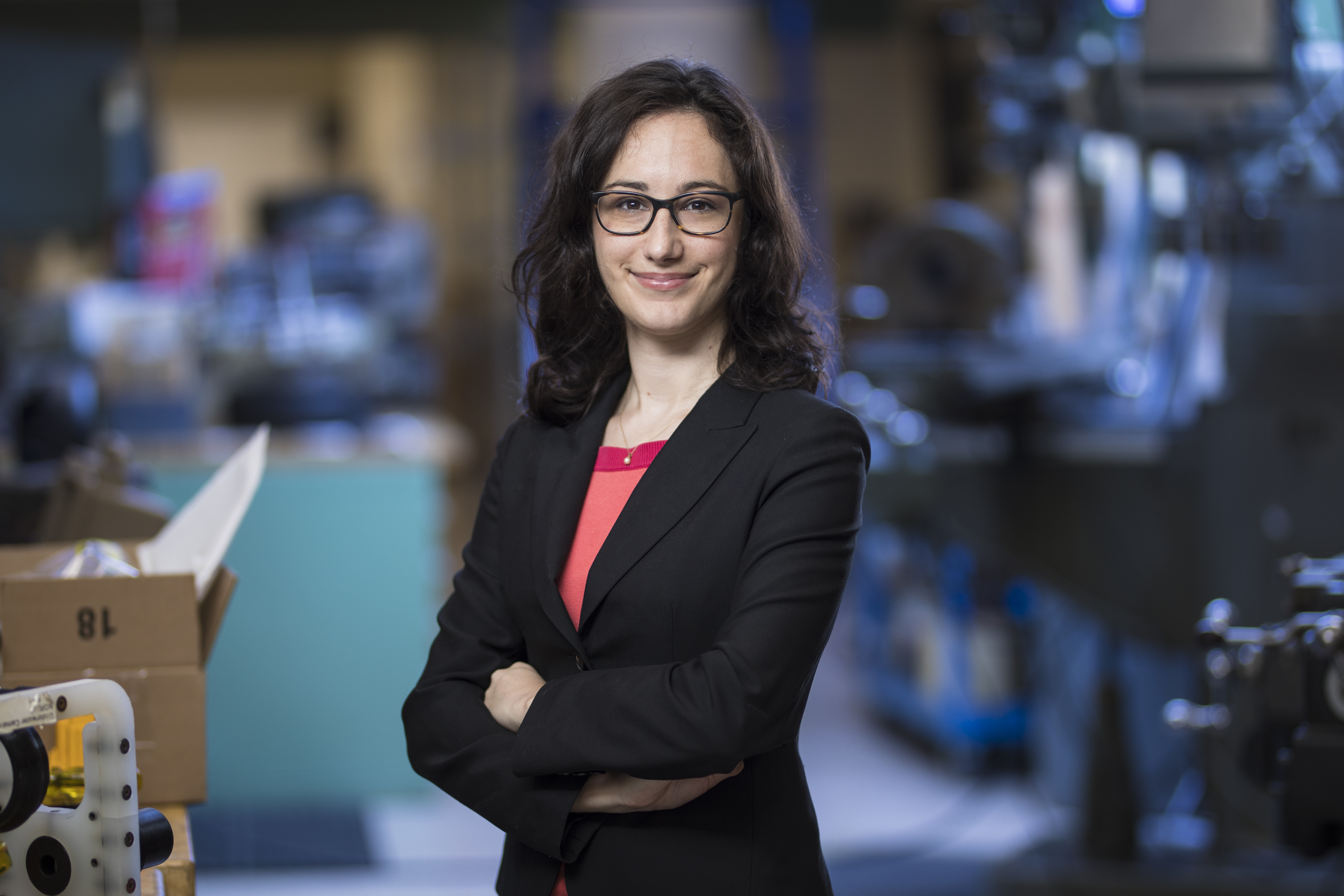Kasie Coccaro ’06 uses technology at National Geographic to inspire, educate and create solutions to some of our planet’s biggest challenges.
By Kasie Coccaro ’06
The year Elon launched its multimedia authoring minor, I became an innovator. It was 2005, and I learned how to design, write and code persuasive digital content. That was the same year Harvard’s thefacebook.com, a directory of information for college students, became available to other colleges. Elon students were soon hooked, and the birth of “Web 2.0” began — a user-generated web, where most digital content was provided by people, not services.
In 2006, I used the techniques I had learned in the program to start my own website creation business. At the same time, through an internship with the Elon University Poll, which conducts statewide and national surveys, I witnessed the power of data collection and analysis. These skills helped me land a gig at the White House, serving in President Barack Obama’s administration as the deputy director of White House digital programs in the first-ever White House Office of Digital Strategy. The White House could now have a productive dialogue with digital audiences on the issues they cared about most.
By the time I left 1600 Pennsylvania Ave. in 2014, internet usage on mobile devices exceeded desktop usage, becoming one of the world’s largest repositories of personal data. Today, harnessing personal data has become the research and development backbone of corporate, government and nonprofit institutions. Among the most notable is my current employer, the National Geographic Society.
At NatGeo, my team and I help our “Explorers” innovate through data collection and analysis of the natural world. When I began my work with Explorer —
those experts in their fields who want to change the world for the better — most of the scientists I worked with would start their conversations with me by lamenting how there is scant data available about their particular species, environmental condition, human history or culture.
It’s been my mission, and the Society’s, to change that. As senior director of the Exploration and Technology Lab, I run a team of innovators, creating hardware solutions to capture data in some of the world’s most remote and extreme conditions.
We supported the development of the world’s highest weather stations as part of a 2019 Everest Expedition to better understand how mountains and glaciers are being impacted by climate change. Those stations now transmit real-time data to better understand weather patterns and changes to this extreme environment.
We also created a low-cost camera system that can collect video from the deepest, most remote parts of the ocean. This deep-sea cam has been deployed 500-plus times, including into the Mariana Trench. With a new discovery made during one of every 10 deployments, we are providing a lens into an environment that remains vastly unexplored.
From the tops of mountains to the deepest parts of the ocean, much of the data we collect is considered novel. And you can play a part in this data-collection process.
My job also focuses on improving science literacy through citizen science and open innovation. Partnering with Explorers and naturalists we have activated people around the world to collect data on global biodiversity, to help researchers create a real-time pulse of our living planet — from families recording plants and animals in their local community to help increase our understanding of biodiversity in their backyards, to people tracking plastic hotspots along rivers in India.
Even though we are making progress in data-collection and analysis of the natural world, I often wonder, If only birds could tweet! They could let us know where we should double down on habitat protection. What if marine animals could take a selfie? Perhaps we could spare some of the 100 million marine animals that die each year due to plastic pollution. What if trees could TikTok? Maybe we could get real-time warnings when air pollution hits dangerous levels.
I encourage us all to consider such possibilities.



